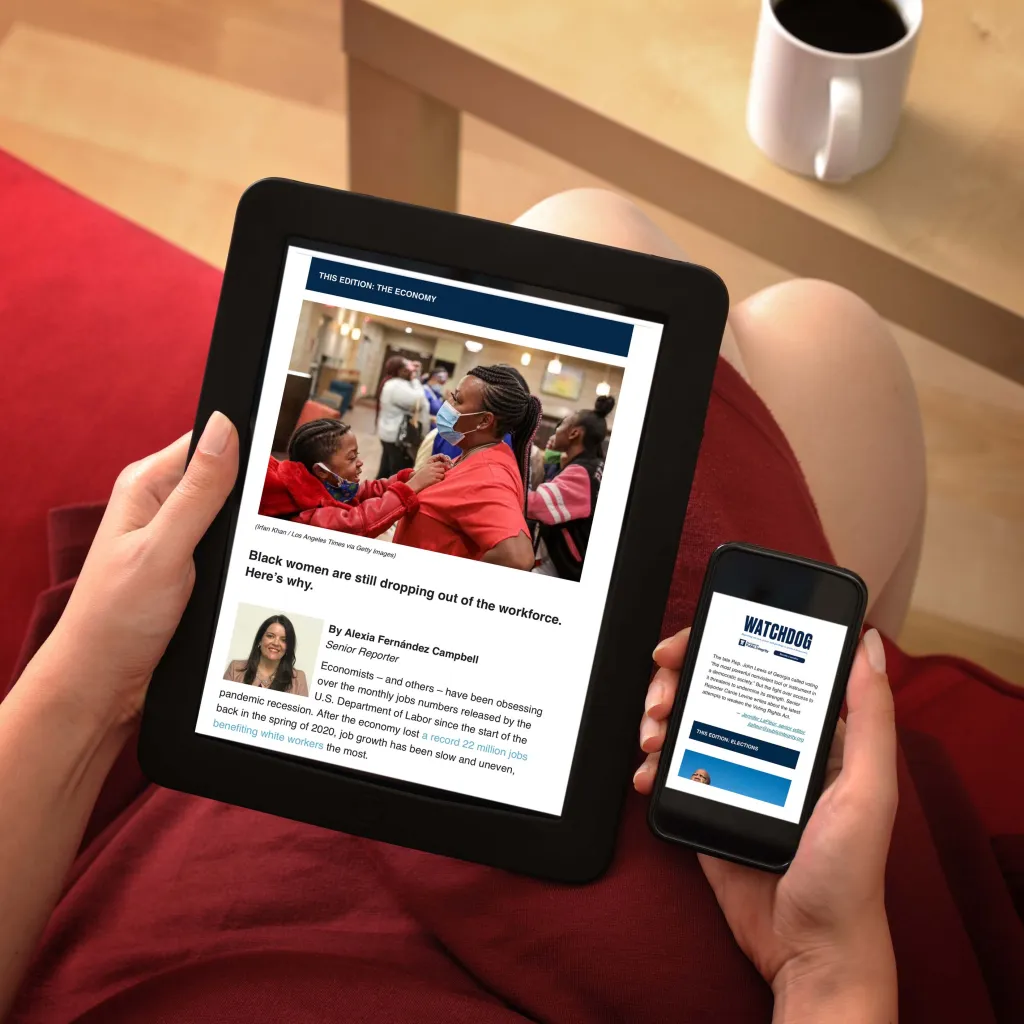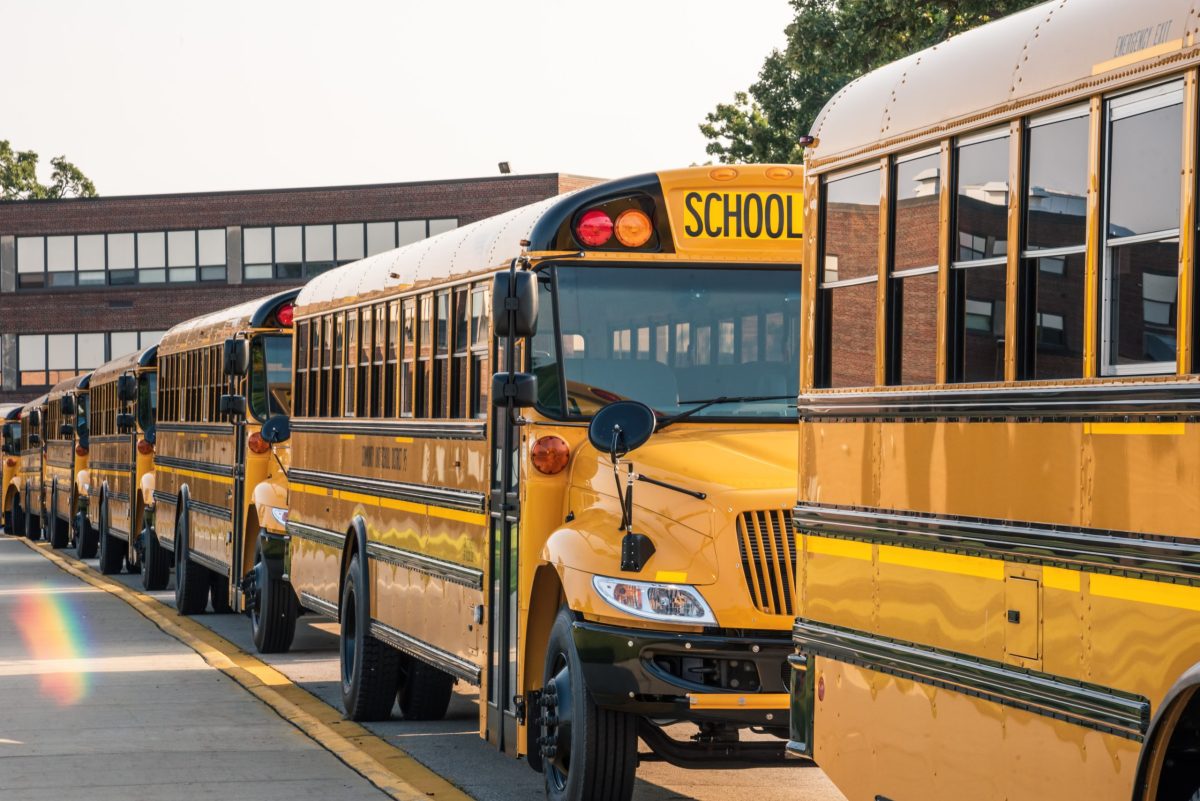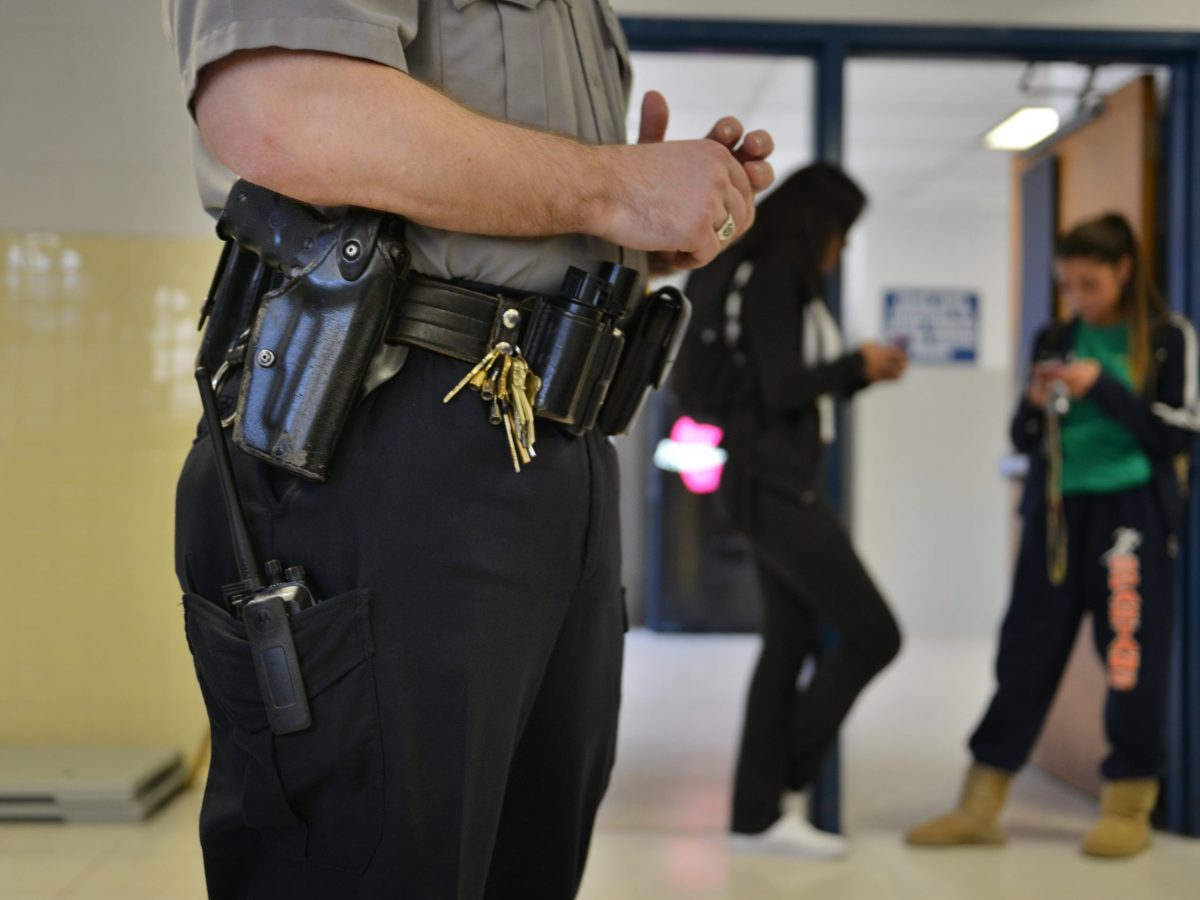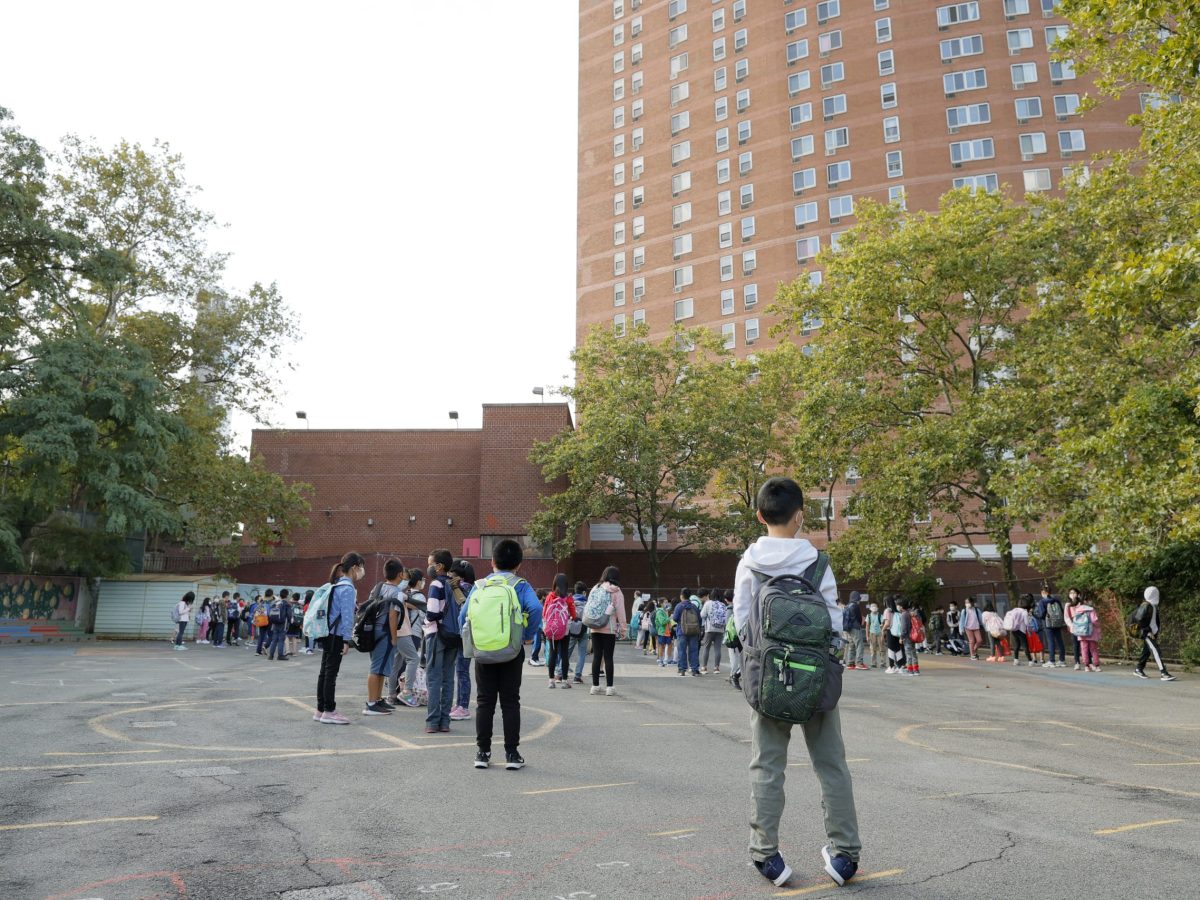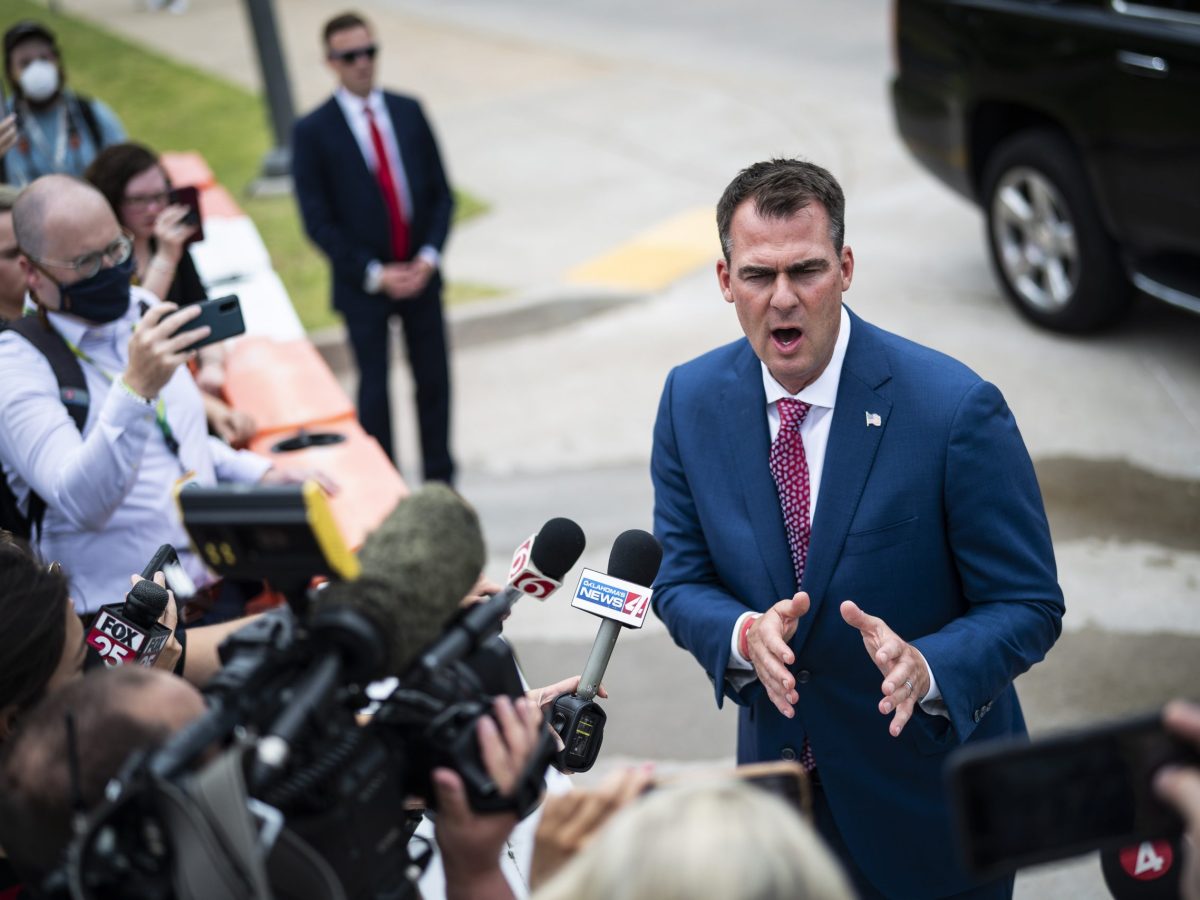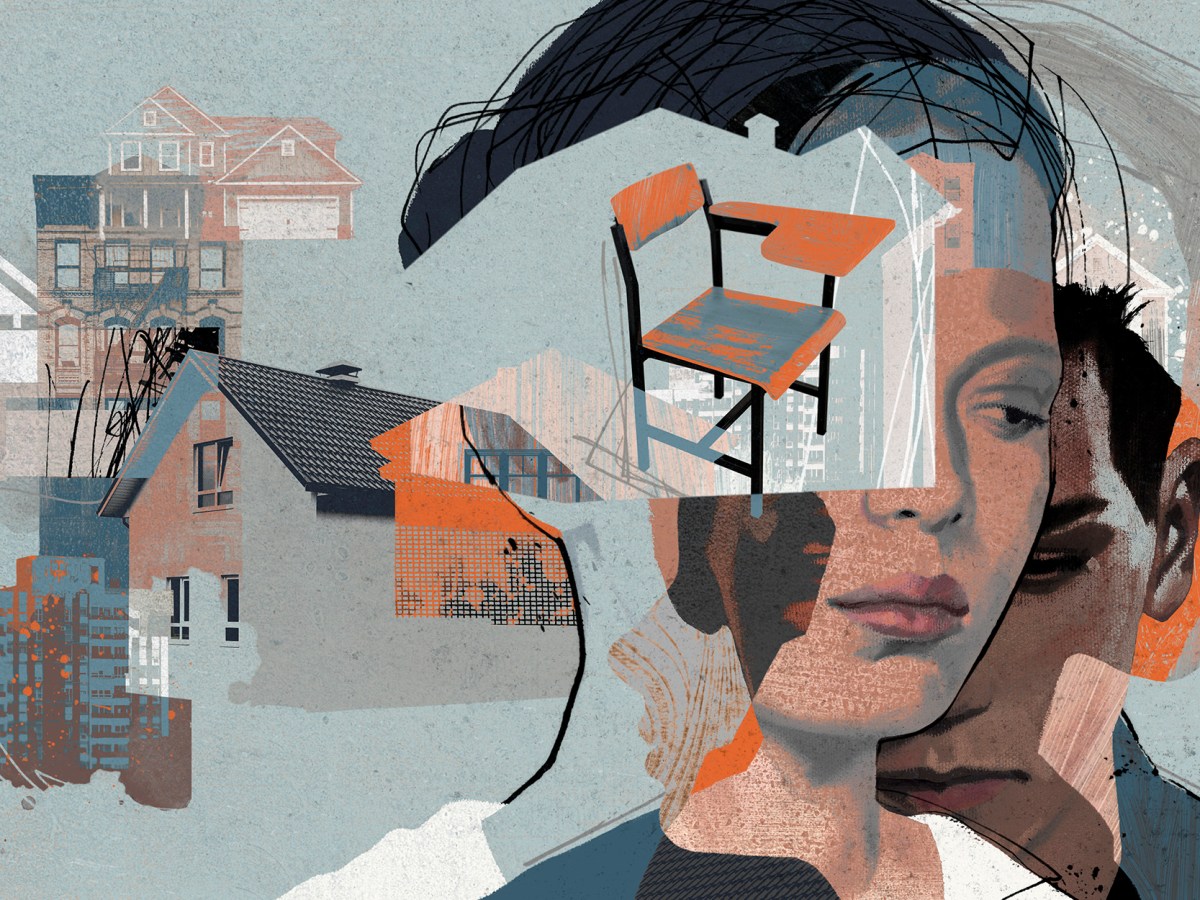Breezy Napier dropped out of high school in ninth grade.
He was homeless — and, on many days, hopeless, struggling to get to school from the local shelter and to focus in class when he did.
“I did love going to school, but at the same time, it’s kind of hard to juggle school, plus not knowing where you’re going to stay at night, and then worrying about that all throughout the day,” Napier said.
With the help of New Beginnings, a Maine-based nonprofit that serves runaway and homeless youths and their families, the 18-year-old now has a diploma and his own apartment. It speaks to the critical difference assistance can make in those situations.
Too often, students don’t get that sort of help, even though federal law requires schools to provide some assistance. But Napier and others around the country are trying to change that.

Napier works as a member of the New Beginnings’ Maine State Youth Action Board, helping students and educators better understand the McKinney-Vento Homeless Assistance Act.
The federal law requires districts to take specific steps, such as providing transportation between temporary addresses and school, to help unstably housed students stay enrolled — and on the path to high school graduation.
Nationwide, homeless students graduate at lower rates than average. In 18 states, their rate lagged more than 20 percentage points behind the overall rate in both 2017 and 2018.
In Maine, the graduation gap between students who experience housing instability and those who don’t is 25 percentage points.
A diploma is a bridge to employment and postsecondary education and training. Without it, people face greater risks of experiencing homelessness as adults.
“I know now all the different resources and everything that would’ve really helped me if I knew them then,” Napier said. “I see all the youth around here who … really need that guidance [to] know that there are resources if they want to access them, and know that there is someone fighting for them if they do want to try.”
Using philanthropic funding and money from state and federal grants, New Beginnings compensates Napier and other youth for their time — whether they’re making presentations to educators, hosting youth workshops or gathering for meetings.
“Their expertise is invaluable,” said Kris Pitts, community services director at New Beginnings. “And so, we treat them, I’d say, like peers, but honestly that’s not true because they’re the experts in the room.”
Napier was among the million-plus students identified each year as homeless by public schools across the country. But that number may represent a vast undercount.
Roughly 300,000 students entitled to rights for homeless students likely have gone unidentified by school districts mandated to help them, a Center for Public Integrity analysis of federal education data suggests.
About 2,400 school systems did not report having homeless students despite levels of poverty in the districts that make those figures improbable.
The Minneapolis Public Schools offers lesson plans to high schoolers on the basics of youth homelessness as part of the district’s push to identify more students who are experiencing housing instability. Teenagers learn what would make them or their classmates eligible for McKinney-Vento services and what that entails.
“I really wanted it to get out there to students so that they could self-identify because I think that is why we’re missing a lot of students — because they don’t recognize [their situation] as homelessness,” said Melissa Winship, a Minneapolis schools counselor who works with housing-insecure students.
Read the related investigation
Winship typically starts by asking children about their perceptions of homelessness before explaining what it looks like — not only living in a shelter or on the street but also in motels or doubling up with extended family or friends out of economic need. She notes the prevalence of the problem: More than 2,000 students in the district are considered homeless.
She then digs into specifics of the McKinney-Vento law, which also requires districts to refer families to health care and housing services and waive enrollment requirements that could keep children out of school.
As Winship closes her presentation, she tells students where they can go if they or a friend need help. The course is not mandatory, but a growing number of schools are asking her to talk to classes.
The district also provides training for state education groups, such as the Minnesota School Counselor Association, to help them better understand their responsibilities to support students in need of help — including the critical first step.
“For us, a targeted approach has to start with identification,” said Charlotte Kinzley, supervisor of homeless and highly mobile services for the Minneapolis schools. “Because if we don’t know who’s experiencing it, we don’t know who to put that focused attention on.”


